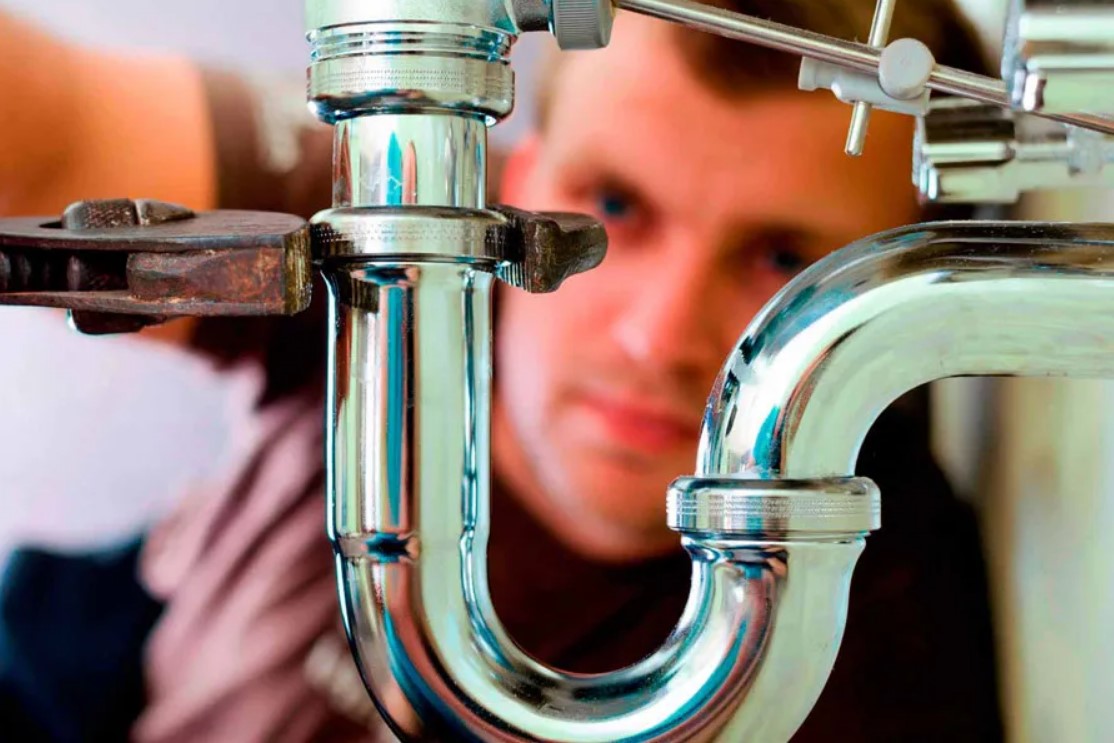The debate of plumbing vents: horizontal vs vertical

There are two main types of plumbing vents: horizontal and vertical. Each has its pros and cons, so it’s important to know which one is right for your home. Horizontal vents are installed along the length of a drainpipe and are typically used in homes with long, straight drainpipes. They are less expensive to install than vertical vents, but they can be more difficult to clean. Vertical vents are installed near the top of a drainpipe and extend up through the roof. They are more expensive to install, but they are easier to clean. So, which type of vent is right for you? It depends on your individual needs and preferences. If you’re not sure, it’s always best to consult with a professional plumber.
Which is better? Horizontal or vertical plumbing vents?
If you are thinking about which type of plumbing vent to install in your home, you may be wondering if horizontal or vertical vents are better. Here is a look at some of the pros and cons of each type of vent to help you decide which is right for your home. Horizontal Plumbing Vents Pros: • Can be installed in tight spaces • Do not require a lot of clearance • Better for homes with limited roof space Cons: • Can be more difficult to install • Not as effective at preventing clogs Vertical Plumbing Vents Pros: • More effective at preventing clogs • Easy to install • Do not take up much roof space Cons: • Can be more visible • Require more clearance So, which type of plumbing vent is better? It really depends on your individual needs and preferences. If you have a limited amount of roof space, a horizontal vent may be the better option. However, if you are concerned about clogs, a vertical vent may be a better choice.
The debate of plumbing vents: horizontal vs vertical
When it comes to plumbing vents, there are two main types: horizontal and vertical. Each has its own benefits and drawbacks that need to be considered before making a decision. Here is a closer look at the debate of horizontal vs vertical plumbing vents. The most obvious difference between horizontal and vertical plumbing vents is the orientation of the pipe. A horizontal pipe will run along the ground, while a vertical pipe will go straight up. There are pros and cons to each approach. A horizontal pipe is less likely to get blocked by debris, but it can be more difficult to install. A vertical pipe is easier to install, but it is more likely to get blocked. Another consideration is the amount of space that is available. A vertical pipe requires less space than a horizontal pipe. This can be important if the vent is being installed in a tight area. The final consideration is the cost. Horizontal pipes are typically less expensive than vertical pipes. This is because they are less complicated to install. So, which is better? It depends on the individual situation. If space is limited, a vertical pipe may be the best option. If cost is a concern, a horizontal pipe may be the better choice.
Horizontal vs vertical: the ultimate debate
In the world of business, there are two main types of organizational structures that companies choose from: horizontal and vertical. Both of these structures have their own advantages and disadvantages that need to be considered before a decision can be made. So, what’s the difference between horizontal and vertical organizations? A horizontal organization is one in which the different departments or units within the company are on the same level. This means that there is no real hierarchy and everyone is considered to be an equal. The main advantage of this type of organization is that it encourages creativity and innovation as everyone is free to share their ideas. However, the downside is that it can lead to chaos and confusion as there is no clear chain of command.
A vertical organization, on the other hand, is one in which there is a clear hierarchy and each department or unit is overseen by someone higher up in the company. The advantage of this type of organization is that it is much more efficient as there is a clear chain of command. The downside, however, is that it can be quite inflexible and it can stifle creativity as people are afraid to speak up or share their ideas. So, which is better? Horizontal or vertical? The answer is that it depends on the specific company and what its needs are. There is no one-size-fits-all answer.
The pros and cons of horizontal vs vertical plumbing vents
There are two ways that plumbing vents can be installed in a home – horizontal and vertical. Each has its own set of pros and cons that should be considered before making a decision. Horizontal vents are installed along the length of the drain pipe. This type of vent is less likely to get blocked by debris and is easier to clean if it does become clogged. However, horizontal vents can be more difficult to install and may not work well in homes with lower ceilings. Vertical vents are installed through the roof of the home. This type of vent is less likely to be damaged by weather and can be easily replaced if it does become damaged. However, vertical vents can be more difficult to install and may require special brackets or supports.
Which is more efficient? Horizontal or vertical plumbing vents?
There are two types of plumbing vents: horizontal and vertical. Each type has its own advantages and disadvantages. Horizontal vents are more efficient because they allow gravity to do most of the work. The water flows down the drainpipe and into the sewer line more easily than it does with a vertical vent. Vertical vents, on the other hand, are less efficient because the water has to fight gravity to flow down the drainpipe. However, vertical vents are less likely to become blocked by debris than horizontal vents. So, which is more efficient? It depends on your specific needs. If you are concerned about the potential for a blockage, then vertical vents may be the better option. If you are more concerned about efficiency, then horizontal vents are the way to go.
The debate of function: horizontal vs vertical plumbing vents
Though they may look different, both horizontal and vertical plumbing vents serve the same purpose: to allow air into the drainage system so that waste can flow freely. The debate of function between the two types of vents lies in the installation process. Proponents of horizontal vents argue that they are less likely to become blocked by debris than vertical vents. On the other hand, those in favor of vertical vents argue that they are less likely to leak than horizontal vents. Ultimately, the decision of which type of vent to install comes down to personal preference.



